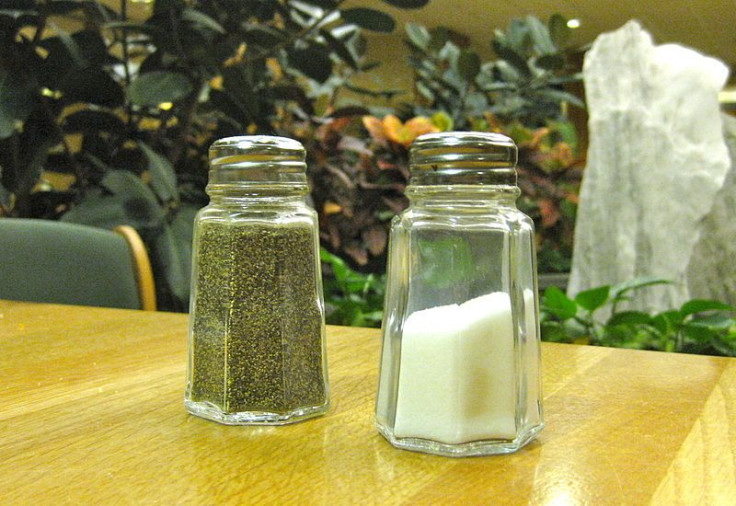
A new study on Americans' salt intake was published by the Institute of Medicine. The salt study proposed that prior guidelines on salt consumption were too conservative, and may cause some select individuals to encounter health issues if they have too little salt.
The federal bureaucracy that oversees much of the healthcare sphere in America, the Centers for Disease Control and Prevention, or CDC, reportedly commissioned the study by IOM. The American Heart Association, which reportedly set national guidelines at 1,500 mg of salt per day, maximum, or about ½ teaspoon, is said to be outraged at the new findings.
The IOM disclosed that the best threshold in their view is 2,300 mg of salt per day. In response, the AHA stood by their current guidelines, "all Americans [should] eat no more than 1,500 mg a day of sodium," said Nancy Brown, CEO of the American Heart Association.
While the two agencies argue over what is the best maximum level of salt intake a human should have, the calls often fall on deaf ears. The New York Times reported that the average worldwide daily salt intake is more than double the AHA's suggestion, weighing in at 3,400 mg per day. That unit is relative to more than half a tablespoon of salt.
A 2008 study of Italian patients with certain heart conditions yielded a result that suggested too little salt may actually have negative effects on the body. 232 Italians with congestive heart failure were asked to "consume either 2,700 or 1,840 mg of salt" per day. The folks that ate less salt under those conditions had triple the additional hospital visits as the higher salt group.
A second study quoted by the New York Times showed that in over 28,000 high blood pressure patients, 55 and over, future health risks including death increased for those who consumed less than 3,000 and more than 7,000 mg of sodium.
However, all parties involved in the various studies stressed the importance of an overall healthy diet. The most recent study's results came on the heels of another investigation comparing customers' nutritional intake at the two rival fast food chains McDonald's and Subway. While Subway appears on the surface to be the healthier option, customers' orders still garnered similar caloric and sodium content between the two chains, as previously reported by the Latin Times.
In a faltering economy, many Americans, especially young people starting out, tend to lengthen the time they are on the "college diet" of reasonably-priced gastropub fare and processed prepared foods from their neighborhood mini mart chain. There is no doubt that buying a frozen dinner at the dollar store or stocking up on cheaply imported goods at similar markets is a financially responsible way to stay afloat in the high-tax society of the time, but a number of those prepared food options also tend to have over 1,000 calories per serving.
Proliferation of the "dollar menu" has likely increased the popularity of chains utilizing the idea, as $1 sweet teas and 89 cent tacos are common sight among many munching pedestrians in America's cities. Eating well is hard, as the more nutritious the food is, the likelihood the price is higher. Organic supermarket chains have been popping up across the country, attracting a middle to upper class clientele. However, many people still see the enriched white bread and lunchmeat as money in the bank for the week's lunches, despite the high sodium content of both items.
© 2025 Latin Times. All rights reserved. Do not reproduce without permission.




